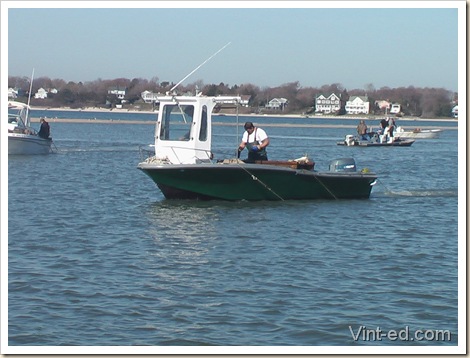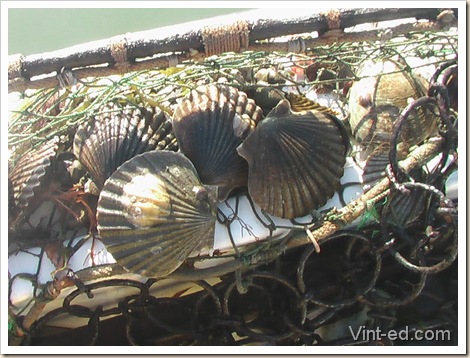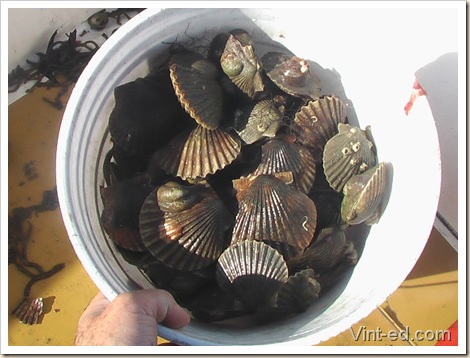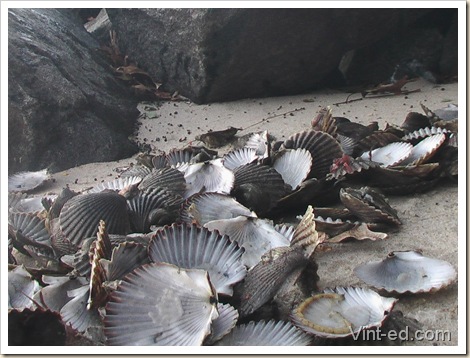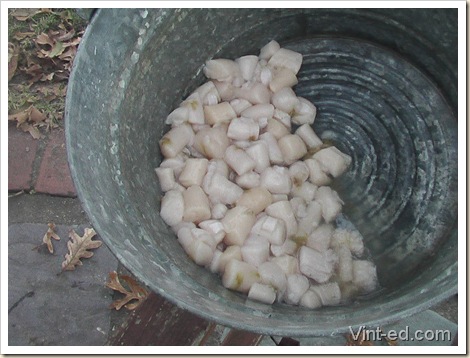It’s time for another one of my rants on wine marketing and public relations and issues of disclosure. Wine reviewing is, let’s admit it, a largely PR-driven business. Most wine journalists, from those who write for influential publications to the legions of wine bloggers out there, rely to at least some extent on samples of new wine releases. While this reality is familiar to those of us in the business, it is not so well known to the casual reader who turns to us for wine insights. Disclosing this in specific reviews or in a website’s “policies” section (or ideally both) tells the reader that there is a relationship between the writer and the winery or its representative and lets the reader factor this in when deciding on a writer’s credibility. Beyond this, I routinely tell PR and marketing people that, while I accept samples, I do not guarantee reviews. This simple disclaimer immediately limits any undue expectation of coverage, at least in my mind. I can’t recall anyone objecting to it in almost a decade of writing about wine.
Then there is the other side of disclosure. While most communications on behalf of wine companies are upfront about who is being represented (such as wineries or importers), I received one query recently that gave me pause. Without naming names, the writer, who works for a PR firm, wanted to know if I would be interested in reviewing a number of California pinot noirs to help support his contention that, of all the wines one might consider for Thanksgiving, there was nothing like pinot noir. The pitch, not surprisingly, was full of praise for the wines and offered, in standard fashion, detailed, winery-supplied tasting notes on each, all of it a typical effort to guide – or influence – reviewers on how to think about the wines (and usually ignored by experienced critics).
So here was just about everything one might want to know about the wines – except for one critical element of the “story.” The email gave no clue about the client. Was the PR firm representing three or four separate companies and creatively bundling their wines in this pitch? Not likely. Or was it working, perhaps, on behalf of an association of pinot noir growers? Hard to tell. A little detective work was in order.
I decided to look up the PR firm’s clients on its website and quickly found that, in fact, all the wines were part of the portfolio of a company that does marketing for small California and other wineries. I wondered why this wasn’t pointed out. Did the client and its representative decide that it was an unnecessary layer of information for a growing army of wine writers, many of whom may not have had any training as journalists and who might not be predisposed to ask such questions? Or was it ignorance on the part of the PR person who wrote the pitch, not knowing that one of the cardinal rules of the business is to disclose who you are working for? Again, hard to tell.
In any event, this was a classic example of selective disclosure – offering not quite the whole story in the hope that non-inquiring minds would not look beyond the pitch. In the end, knowing who the client is might have little or no bearing on a reviewer’s decision about coverage. It’s just good journalism – and good PR – to present all the facts.
